A large percentage of hanfu enthusiasts are female, so most styles of hanfu that we hear about are more femininely-coded, plus the fact that most styles of hanfu are unisex, but what about men’s hanfu?
There’s a great variety of hanfu that’s usually viewed as more masculine as well. Whether you identify on the masculine side and would like to express that, are looking for something to share with a friend or family member, or are just interested in the style.
Here are six of the most popular styles of mens hanfu! (Note: this article will focus on styles specifically coded as masculine, many styles of hanfu like the ruqun are unisex but will not be elaborated on in this article since the focus is men’s hanfu.)
Dachang (大氅)
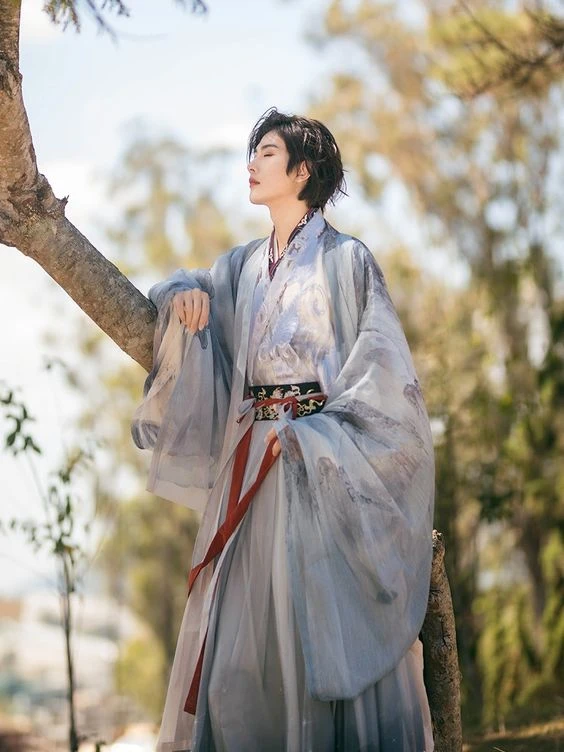
Let’s start with the simplest and most recognizable—the dachang, or essentially the mens equivalent of a daxiushan for women. It’s the main outer piece that one would wear with a duque or yichang. Dachang are characterized by wide, curved sleeves, ankle length, and a parallel collar/hem (not crossed). They often have a gunbian, or ‘tape,’ rolled along the edges of the collar of a contrasting color.
Yisan (一撒)
Next is the yisan, which has one of the more unique silhouettes that you’ll find. Also called yesa, they have a much shorter skirt than most hanfu and can often be seen worn by soldiers and those with a martial profession rather than scholars and nobles.
These are typically also one-piece, but feature a distinct skirt and top part: the skirt has folds reminiscent of a mamianqun, with a flat front and pleats at the sides, which can make it easier to move around in, and the top is a cross-collar top.
Yisan can have either pipa sleeves (curved sleeves flaring out and then back in at the writs) or narrow sleeves; both of these are a lot easier to move around in than the usual wide sleeves and so were preferable for soldiers and men who needed to fight.
Lanshan (襴衫)
To move on to a more casual style of dress, the lanshan was a popular choice among scholars and also a personal favorite. A one-piece robe with a distinctive taping along the hem, lanshan looks a little similar to yuanlingpao, except with a rectangular collar wrapping around the chest secured at the shoulder.
They have wide sleeves, like most robes worn by scholars, and can be worn during coming-of-age and confucian ceremonies as well. Most lanshan that you see these days tend to be neutrally colored or on the lighter side, many can also be decorated by waist cords or ornaments and they’re often worn with a shuhe or zhiduo inside.
Daopao (道袍)
The daopao directly translates to a Taoist robe, but don’t be fooled—it’s one of the most popular styles of hanfu for both scholars and commoners and isn’t just for Taoists (that would be a similar but different kind of clothing called daofu), though Taoism is a very prevalent philosophy in chinese culture.
Just like the lanshan, it’s got wide sleeves and a one-piece skirt going all the way down to the floor, and is often cinched at the waist with a cord or a belt. Daopao are cross-collared and follow the same right-over-left rule of all cross collared hanfu pieces, and has been worn since the Song dynasty and also has a lot of variations.
Yuanlingpao (圓領袍)
Although yuanlingpao is included as a masculine type of hanfu and is typically seen on men, it gained popularity with women during the Tang dynasty, and I personally think that it looks very handsome on everyone!
Yuanlingpao, directly translated into English, means round-collar robe, as its defining feature is the round collar on the one-piece robe. It’s typically ankle-length, easier to move around in than the floor-length skirts of a lot of hanfu, and slit at the waist.
This type of hanfu traverses several dynasties, from the Han dynasty to the Song dynasty and further. In the Ming dynasty, they were the most popular type of formal wear for both men and women.
Yuanlingpao is usually worn as a piece of outerwear, and different styles of hanfu like the zhiduo or zhishen can be worn underneath. Yuanlingpao are also most commonly decorated with a graphic square or circle of embroidery on the front. Often they are cinched at the waist with a belt or cord.
Of course, these days people are free to wear whatever they want. Don’t feel limited by gender norms if you’re a lady who wants to try out men’s silhouettes, if you’re a man who prefers pastels, or anything else! Hanfu’s ambiguous shape and its evolution as an aesthetic is one of its defining features, and I hope to help make the hanfu community inclusive to people of all identities.
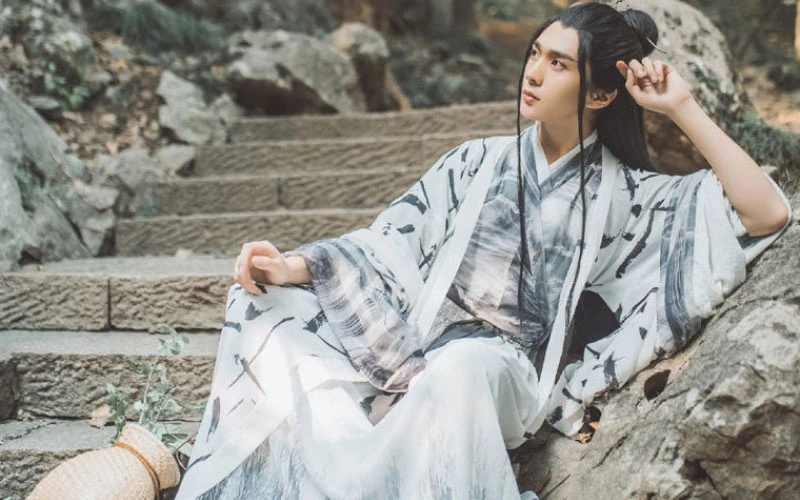
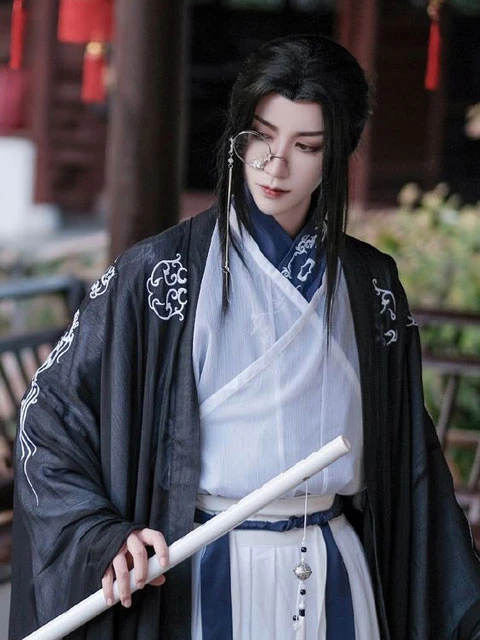

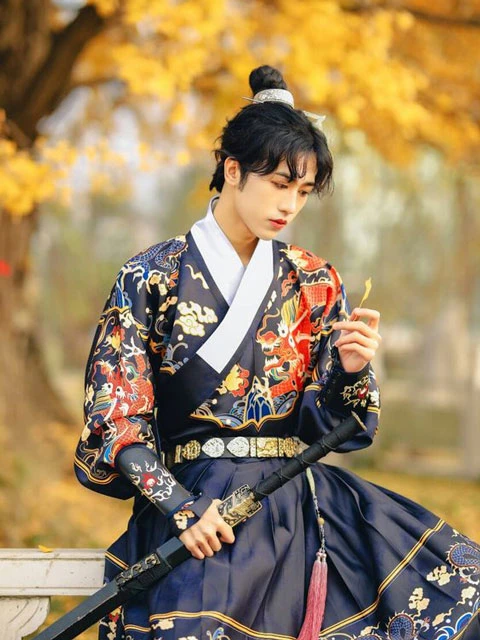
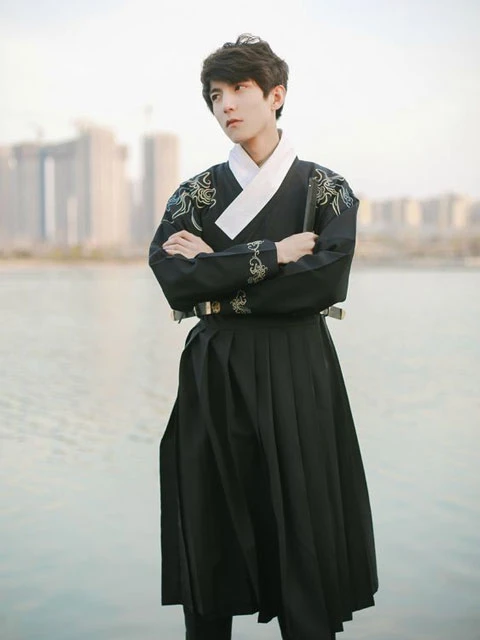
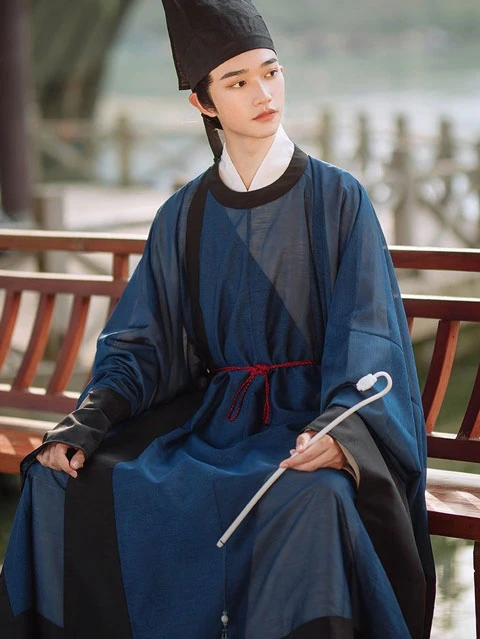
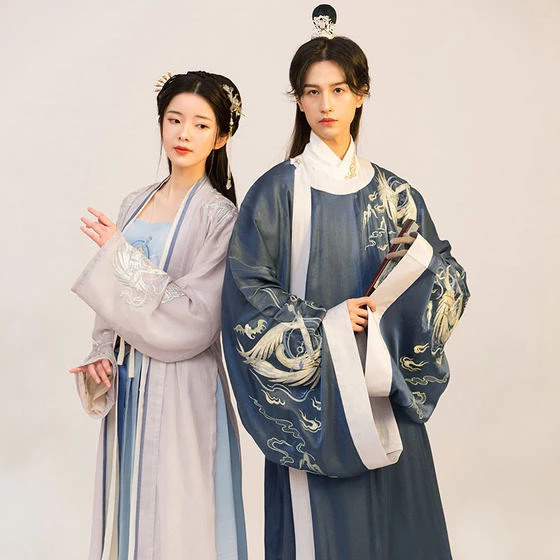

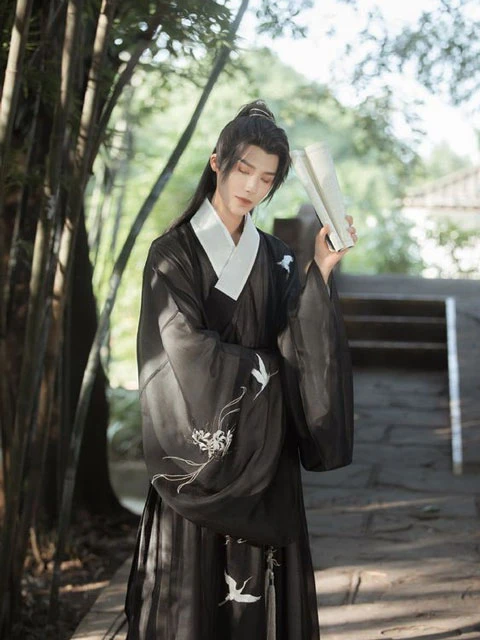
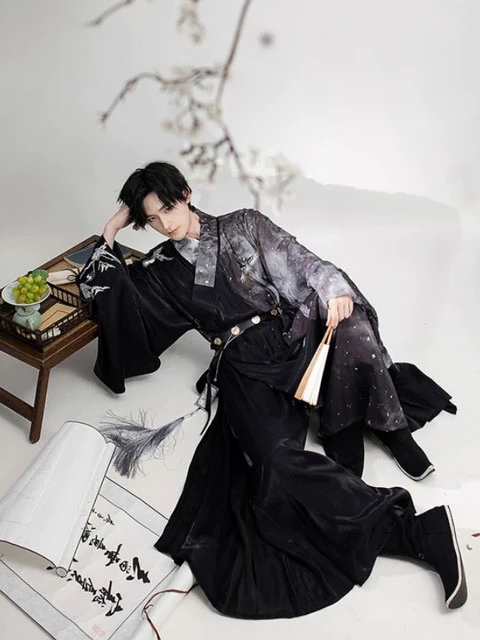
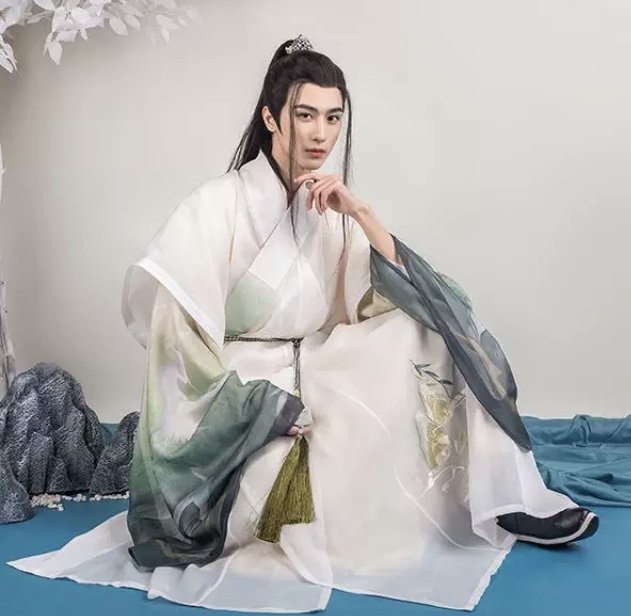
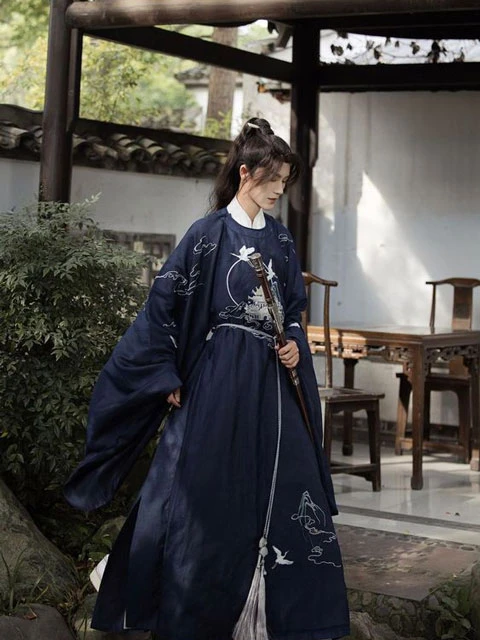
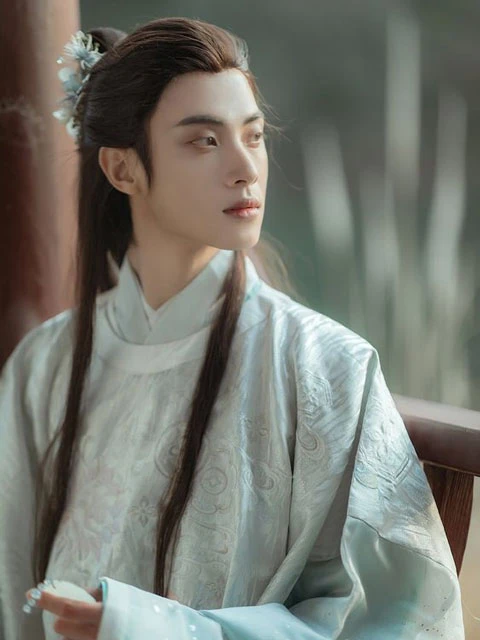
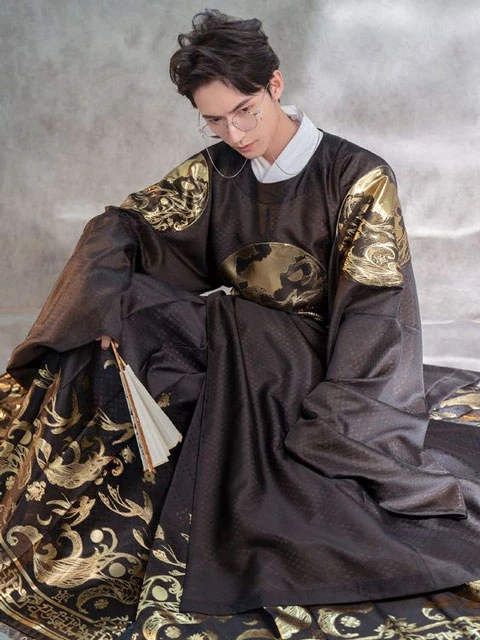

Aku lebih suka hanfu pria soalnya lebih tebal bahannya
I also love Daopao hanfu😍